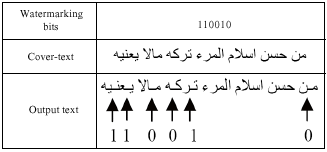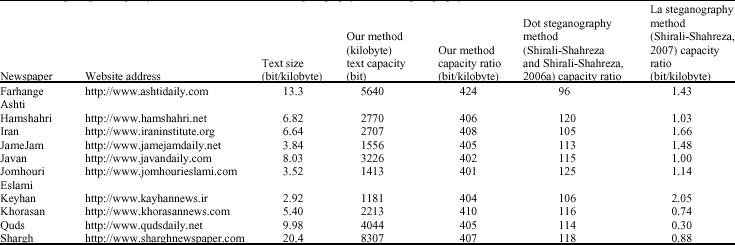Research Article
High Capacity Persian/Arabic Text Steganography
Department of Computer Science, Sharif University of Technology, Azadi Street, P.O. Box 11365-9415, Tehran, Iran
S. Shirali-Shahreza
Department of Computer Engineering, Sharif University of Technology, Azadi Street, P.O. Box 11365-9517, Tehran, Iran














